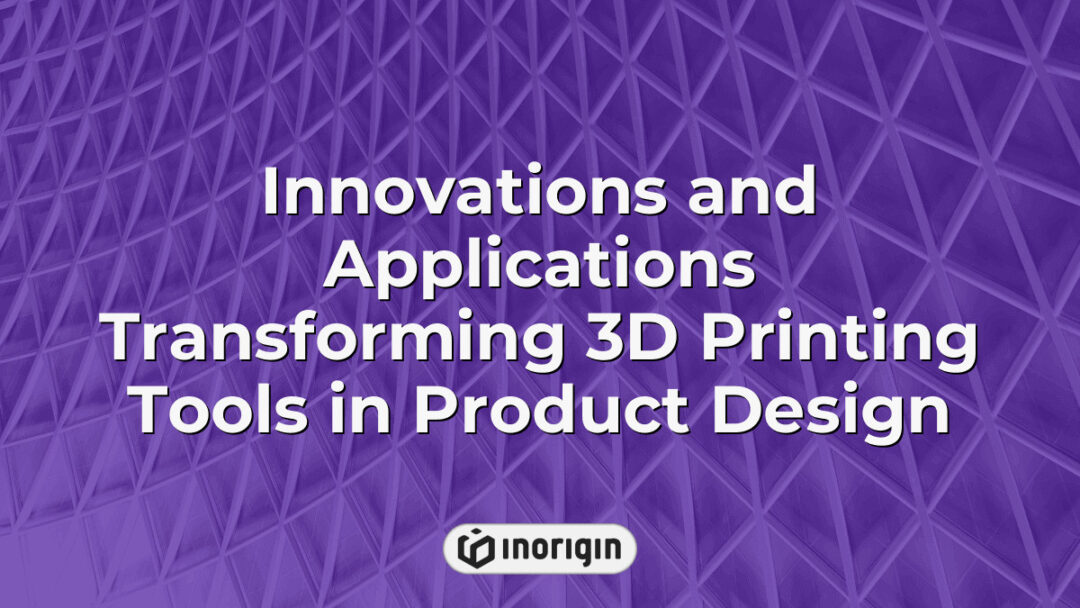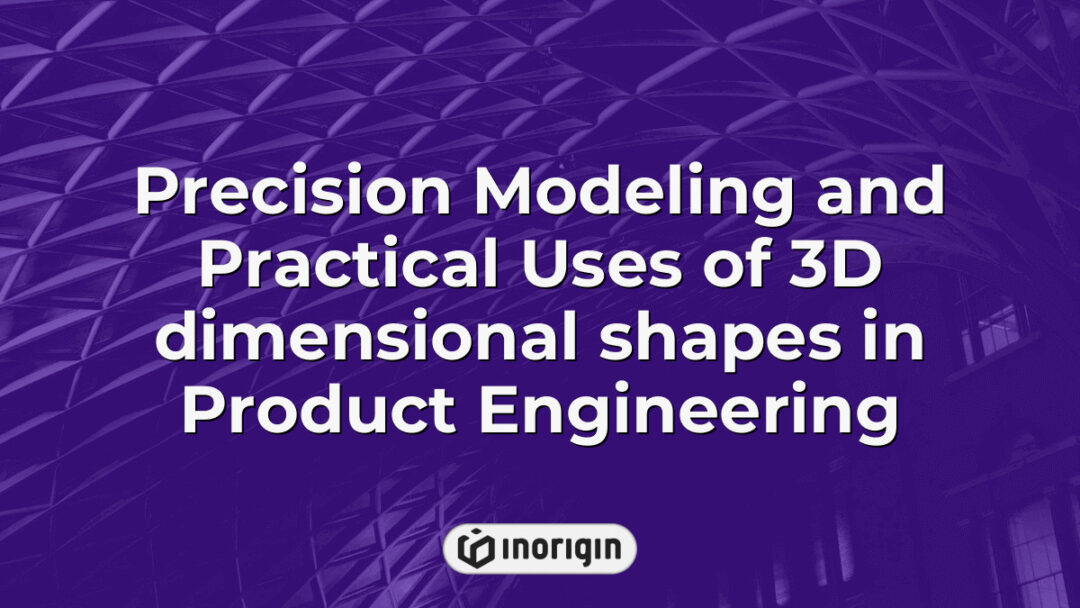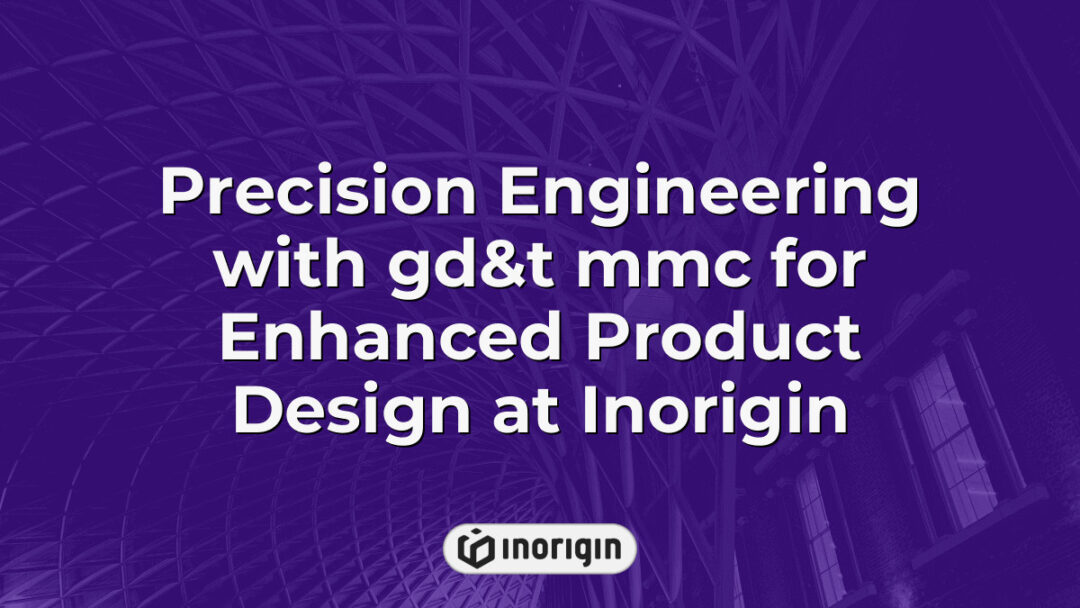The advent of 3D printing technology has revolutionized numerous industries, fostering innovation and creativity by transforming digital designs into tangible objects with unprecedented efficiency. As the demand for custom manufacturing solutions continues to escalate, a diverse array of 3D printing tools emerges as essential instruments in this dynamic landscape. These tools not only enhance precision and speed but also expand the possibilities for complex geometries that were once unattainable through traditional fabrication methods. This article delves into three pivotal categories of 3D printing tools—software applications, hardware devices, and post-processing equipment—that collectively underpin the burgeoning field of additive manufacturing, highlighting their significance in shaping future production paradigms across various sectors.
| Aspect | Key Takeaway |
|---|---|
| Role of 3D Printing Tools | 3D printing tools enable precise additive manufacturing by converting digital designs into complex physical objects across industries like aerospace and healthcare. |
| Core Components | Essential 3D printing tools include CAD and slicing software, advanced 3D printers (FDM and DLP Resin), and post-processing equipment to achieve high-quality results. |
| Software Enhancements | Advanced software features such as support generation, infill optimization, and thermal analysis streamline production and improve material efficiency. |
| Maintenance Importance | Regular use of maintenance and calibration tools ensures optimal printer performance and consistent output quality over time. |
| Emerging Industry Trends | Future 3D printing innovations focus on bioprinting, AI-driven design optimizations, and sustainable materials to expand manufacturing capabilities responsibly. |
| User Proficiency | A learning curve exists with 3D printing tools; hands-on experience enhances operational skill and creativity in product development. |
| Industrial Impact | Advanced 3D printing tools empower product design studios like Inorigin to bridge concept to production, delivering robust and aesthetically refined consumer products. |
Overview Of 3D Printing Technology
The evolution of 3D printing technology can be likened to the transformative impact that the invention of the steam engine had on industrialization; both represent significant advancements in their respective eras. Initially developed in the late 20th century, 3D printing, or additive manufacturing, utilizes various materials—such as polymers, metals, and ceramics—to create three-dimensional objects through a layer-by-layer fabrication process. This technology fundamentally alters traditional manufacturing paradigms by enabling rapid prototyping and customization, thereby reducing production time and material waste. As it progressed from rudimentary models to sophisticated machines capable of producing complex geometries, industries ranging from healthcare to aerospace have begun integrating 3D printing into their operational frameworks. Furthermore, ongoing innovations continue to enhance the precision and scalability of these tools, leading to implications for supply chain management and product lifecycle strategies. The convergence of technological advancements with practical applications underscores the potential for 3D printing to revolutionize not only how products are designed but also how they are conceived within contemporary society.
Essential Tools For 3D Printing
The realm of 3D printing is replete with an array of essential tools that facilitate the transformation of digital designs into tangible objects. Initially, a computer-aided design (CAD) software serves as the foundation for creating intricate models, allowing users to visualize and manipulate their creations in a virtual space before they materialize. Following this stage, slicing software comes into play; it dissects the CAD file into layers and generates instructions for the printer, akin to an architect providing blueprints for construction. Moreover, physical tools such as printers themselves—ranging from Fused Deposition Modeling (FDM) machines to more advanced Stereolithography (SLA) systems—are crucial components that execute the conversion process by depositing or solidifying materials layer by layer. In addition to these primary instruments, supplementary items such as filament spools, resin tanks, and post-processing equipment enhance print quality and durability while enabling further refinement of printed objects. The synergy among these diverse tools underscores the complexity and precision inherent in modern 3D printing practices, illustrating how each element contributes to achieving high standards in production efficiency and accuracy.
Software Solutions For 3D Printing
The role of software solutions in the realm of 3D printing is critical, serving as a bridge between digital design and physical fabrication. For instance, consider the case of a product development company that utilizes slicing software to transform complex 3D models into machine-readable instructions for additive manufacturing systems. This process begins with a Computer-Aided Design (CAD) program where designers create intricate geometries; subsequently, slicing software such as Ultimaker Cura or PrusaSlicer takes these designs and slices them into layers, generating G-code necessary for 3D printers to execute the print job accurately. Furthermore, beyond basic slicing functions, advanced software tools offer features like support generation, infill optimization, and thermal analysis, which enhance print quality and material efficiency. Additionally, cloud-based platforms enable collaborative efforts by allowing multiple users to access and modify designs remotely while maintaining version control. Thus, the integration of various software solutions not only streamlines workflow but also significantly impacts the overall success of 3D printing endeavors across diverse industries.
Maintenance And Care Tools
Maintenance and care tools are essential components in the realm of 3D printing, as they ensure the longevity and optimal performance of both printers and printed products. Firstly, regular maintenance is imperative to prevent mechanical failures that can arise from wear and tear over time; consequently, a systematic approach to upkeep can lead to increased efficiency. Secondly, various cleaning solutions are available that aid in removing residual materials from print surfaces and nozzles, thereby enhancing print quality and consistency. Thirdly, calibration instruments play a critical role in ensuring precision during the printing process by aligning the printer’s head accurately with the build surface. The following list outlines key categories of maintenance and care tools utilized in 3D printing:
- Lubricants: Essential for reducing friction on moving parts.
- Cleaning Kits: Containing brushes, wipes, and solvents specifically designed for different printer types.
- Calibration Tools: Devices or software applications used to adjust settings for accuracy.
The integration of these maintenance and care tools not only contributes to improved operational reliability but also enhances overall user satisfaction within the 3D printing community. By systematically addressing maintenance needs through appropriate tools, users can effectively mitigate potential issues that may compromise product quality or disrupt production workflows.
Future Trends In 3D Printing Tools
The future trends in 3D printing tools are shaped by a convergence of technological advancements, evolving material sciences, and increasing applications across diverse industries. To illustrate this trajectory, the concept of bioprinting serves as a salient example; employing specialized printers, it enables the creation of living tissues for medical research and therapeutic uses. Furthermore, the rise of artificial intelligence (AI) is anticipated to enhance design capabilities within 3D printing environments, facilitating automated optimization processes that improve efficiency and reduce production time. Additionally, sustainability has emerged as a crucial focus area; innovative materials derived from biodegradable resources or waste products are being developed to minimize environmental impact while maintaining performance standards. As these trends continue to evolve, they indicate a shift toward more integrated and user-friendly systems that democratize access to advanced manufacturing technologies, ultimately transforming traditional production paradigms across various sectors. The implications of these developments suggest not only enhanced functionality but also broader accessibility, paving the way for widespread adoption and innovation in 3D printing methodologies.
Frequently Asked Questions
What Is The Average Cost Of A 3D Printer For Beginners?
The realm of 3D printing, characterized by its innovative potential and transformative capabilities, presents a landscape filled with possibilities for aspiring users. As one embarks on the journey into this technology, it becomes essential to consider the financial aspects associated with acquiring a suitable device. The average cost of a 3D printer designed for beginners typically ranges from $200 to $500, which positions these tools as accessible yet significant investments in creative exploration. However, within this price spectrum lies an array of options that can evoke excitement as well as trepidation.
- Basic models often feature:
- User-friendly interfaces conducive to novices.
- Capabilities suited for simple projects such as prototypes or small figurines.
- Sufficient build volume accommodating common beginner applications.
Such considerations are crucial when selecting a model; the initial expense may not encompass additional costs related to materials, maintenance, and upgrades necessary for expanding functionality over time. Therefore, while the allure of stepping into the world of 3D printing is enticing, careful evaluation of both budgetary requirements and intended use cases ensures informed decision-making. Henceforth, understanding the nuances of pricing structures alongside user needs will equip individuals with knowledge paramount to their entry into 3D printing endeavors.
How Long Does It Typically Take To Print A Standard 3D Model?
The duration required to print a standard 3D model can vary significantly based on several factors, with research indicating that the average printing time ranges from one to six hours for most consumer-grade printers. This variability is influenced primarily by three key elements: the complexity of the design, the layer height selected during printing, and the type of material used. Firstly, complex models with intricate details typically necessitate longer print times due to increased processing demands and multiple layers being printed consecutively. Secondly, layer height plays a crucial role; thinner layers (e.g., 0.1 mm) yield higher resolution prints but require more time compared to thicker layers (e.g., 0.2 mm), which are quicker to produce yet may sacrifice detail fidelity. Lastly, different materials exhibit distinct thermal properties and cooling rates that affect printing speed; for instance, PLA filament generally allows for faster printing than some flexible or composite filaments.
Considering these influential factors elucidates why estimates of print durations should be approached with caution. Moreover, it underscores the importance of selecting appropriate settings tailored to specific project requirements in order to optimize both quality and efficiency in production workflows. Understanding these variables not only aids users in managing expectations but also enhances strategic planning when undertaking various 3D printing projects.
What Materials Can Be Used In 3D Printing?
The versatility of materials utilized in 3D printing significantly impacts the applications and outcomes of this technology. For instance, a case study involving the production of prosthetic limbs illustrates how different materials can enhance functionality and user comfort. In such scenarios, commonly employed materials include thermoplastics like PLA (polylactic acid) and ABS (acrylonitrile butadiene styrene), as well as advanced composites such as nylon reinforced with carbon fiber. These choices are driven by factors such as mechanical strength, flexibility, and biocompatibility.
- Commonly used materials:
- Thermoplastics:
- PLA
- ABS
- Advanced Composites:
- Nylon
- Carbon Fiber Reinforced Plastics
Moreover, metal powders have emerged as a popular option within industrial contexts, particularly for producing intricate components in aerospace or automotive sectors due to their superior structural integrity under stress. Additionally, ceramic materials are gaining traction for applications requiring high temperature resistance or aesthetic qualities. This broad spectrum of material options enables innovation across various fields including healthcare, manufacturing, and art.
Ultimately, the choice of material in 3D printing not only affects the physical properties of the final product but also dictates its suitability for specific uses. As research continues to progress within this domain, it is anticipated that novel materials will further expand the horizons of what can be achieved through additive manufacturing techniques.
Is There A Learning Curve Associated With Using 3D Printing Tools?
The process of mastering 3D printing tools can be likened to navigating a complex labyrinth; each turn presents new challenges and opportunities for discovery. Initially, individuals may encounter a steep learning curve due to the intricate nature of software interfaces, hardware setup, and material selection. As users gain familiarity with these components, they often develop a more intuitive understanding of design principles and operational mechanics. Furthermore, troubleshooting issues such as filament jams or print failures becomes increasingly manageable over time, allowing for greater experimentation and innovation in projects. Consequently, while the initial stages may appear daunting, persistent engagement with 3D printing technologies leads to enhanced proficiency and creative capabilities. Ultimately, successful navigation through this learning curve unlocks significant potential for practical applications across various fields including engineering, art, and education.
Can 3D Printing Be Used For Industrial Applications?
The potential of 3D printing technology to revolutionize industrial applications is both profound and complex. Initially perceived as a tool primarily for prototyping, advancements in additive manufacturing have expanded its utility into various sectors such as aerospace, automotive, healthcare, and construction. These industries are increasingly leveraging the capabilities of 3D printing to produce intricate geometries that would be either impossible or prohibitively expensive with traditional manufacturing methods. Furthermore, the customization offered by this technology allows manufacturers to tailor products to specific requirements efficiently, reducing waste and lead times significantly. However, it is essential to consider the challenges associated with integrating 3D printing into established production workflows, including material limitations and regulatory compliance issues. As these hurdles are gradually addressed through ongoing research and development efforts, the role of 3D printing in industrial settings continues to evolve, showcasing its transformative impact on modern manufacturing processes.
Conclusion
The evolution of 3D printing tools signifies the dawn of a new era in manufacturing and design. Just as a sculptor wields chisel and clay to breathe life into stone, these innovative instruments empower creators to transform digital dreams into tangible realities, shaping the future with precision and imagination.
Related posts:
- Industrial 3D Printers Revolutionizing Manufacturing with Advanced Materials and Precision Engineering
- Thermal Printer Technologies Shaping Precision Labeling and Packaging Solutions
- Comprehensive Guide to 3D Printer Types and Their Industrial Applications
- Large 3D printers Transforming Industrial Prototyping with Precision and Scale
- Precision and Performance Advances in Resin Printers at Inorigin Product Design Studio
- Why a Small 3D Printer Transforms Innovative Product Prototyping and Design




